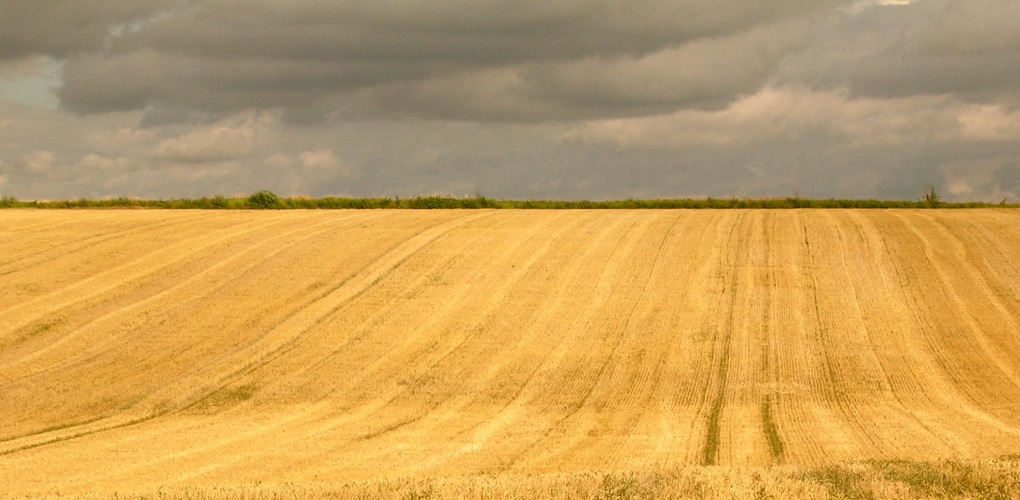History
Soisay manor was built by François du Grenier around 1530.

François du Grenier passed away in 1543 leaving no heirs. The manor house remained in his family until 13th September 1600, when it was sold to Anseaume de Fontenay. Anseaume, who married Marie de la Martelière, embarked on a military career and became “Maître de Camp” (equivalent of colonel) in the French infantry under Louis XIII. He bestowed upon him the title of “Seigneur-Chatelain” or Lord of the Manor giving him special privileges relating to high, middle and low justice in the civil and criminal courts, according to the customs applicable in the “Grand Perche” at that time. Anseaume de Fontenay and Marie de la Martelière undertook major works to extend and embellish the manor for themselves and their nine children, the results of which can still be seen today in the North wing and on either side of the main building : the chapel, the bread oven, the stables and the dovecote. On the death of Marie de la Martelière, Soisay became the headquarters of a large farming estate, and remained so until the 20th Century. The Manor was sold in 1930 to the Barbé family with its 102 hectares of land, and then in 1978 became the property of André Loth who began the meticulous restoration of the site. Thanks to his efforts, Soisay was then classified as a listed building. Involved in the women’s liberation movement and a keen botanist, his wife Valentine planted the woodlands with unusual and even rare varieties of trees. The composer and director Laurent Petitgirard, member and Perpetual secretary of the Academy of Fine Arts, lived for several years in Soisay. There he composed his first opera "Joseph Merrick, the Elephant Man". Since almost twenty years, Aline and Olivier Le Grand invite young artists to summer residences and encounters with the public. Contemporary creation dialogues with a lively past, a new mission for Soisay. |